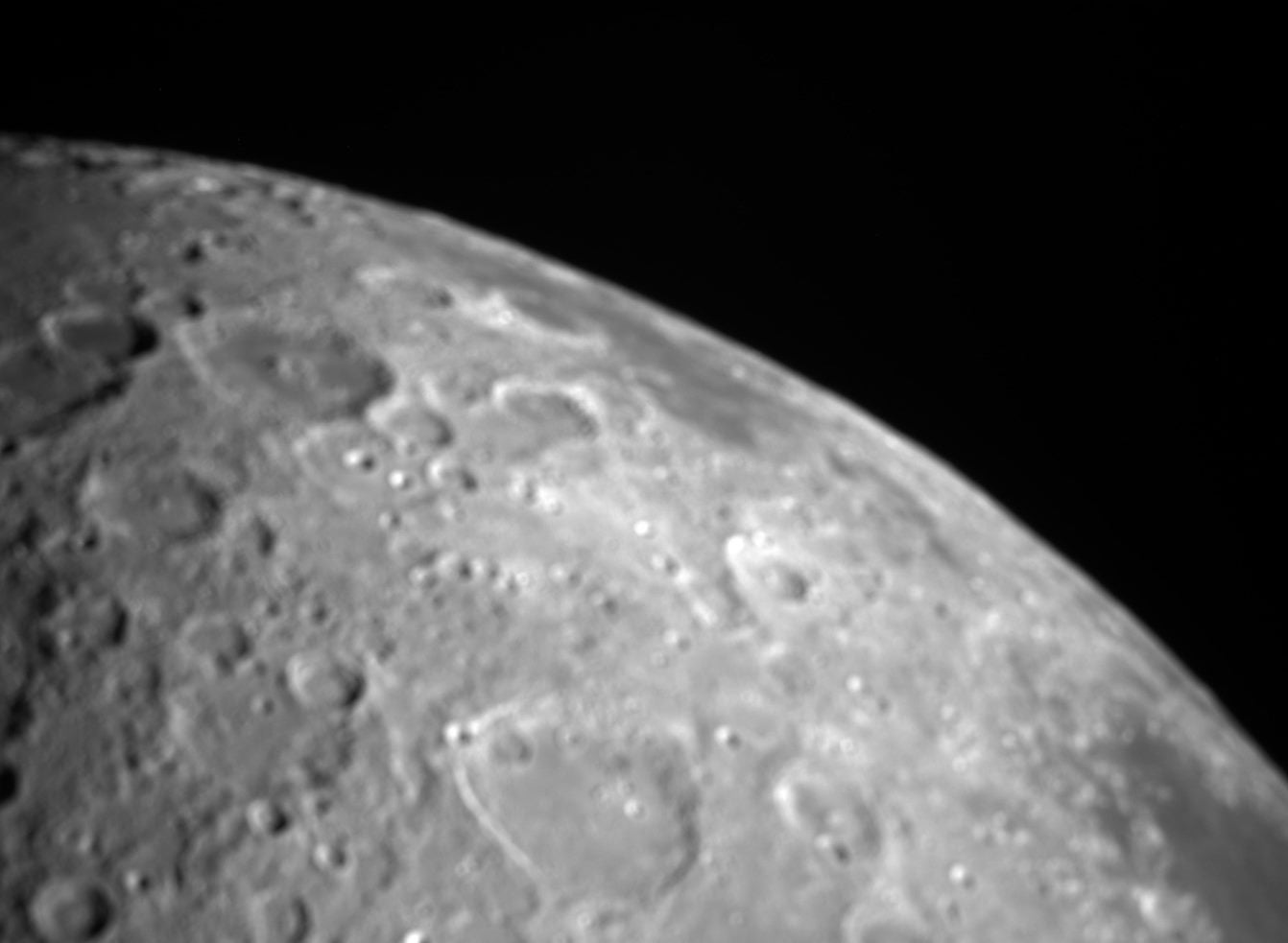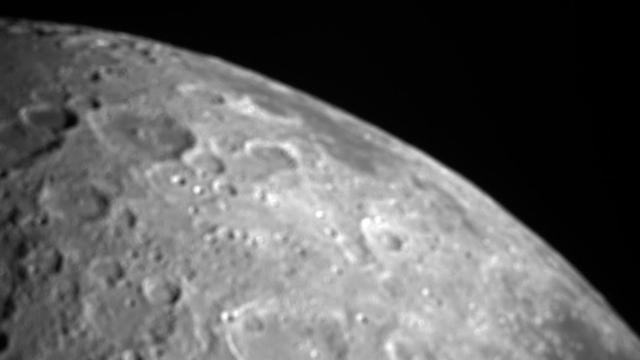The NASA-funded CAPSTONE mission is the little probe that could. Despite a rough start to its journey, the cubesat was able to capture a hauntingly beautiful view of the Moon from its unique orbit and test a Moon GPS system for the first time.
The microwave oven-sized spacecraft entered its near rectilinear halo orbit (NRHO) in November, testing the orbital path that will be used by NASA’s planned Lunar Gateway space station. Earlier this month, CAPSTONE completed a successful test of a navigation technology similar to the GPS we use on Earth that could help future missions navigate their way around the Moon, NASA recently announced.
On May 9, the small satellite sent a signal to NASA’s Lunar Reconnaissance Orbiter (LRO), which has been orbiting the Moon since 2009, as a way to measure the distance and relative velocity between the two spacecraft. LRO then sent the signal back to CAPSTONE, and the satellite converted the signal into a measurement. “The test proved the ability to collect measurements that will be utilised by CAPS software to determine the positioning of both spacecraft,” NASA wrote. “This capability could provide autonomous onboard navigation information for future lunar missions.”
The spacecraft also took its first photo of the Moon, revealing the cratered surface of the lunar North Pole during a close flyby on May 3. CAPSTONE gets as close as 11,000 miles (17,700 kilometers) to one of the Moon’s poles and as far as 43,500 miles (70,000 km) from the other pole every seven days.

CAPSTONE, or Cislunar Autonomous Positioning System Technology Operations and Navigation Experiment, launched on June 28 aboard Rocket Lab’s Electron rocket. The 25 kg cubesat was designed and built by Terran Orbital, while Colorado-based company Advanced Space, with help from Terran Orbital and NASA, is managing the mission.
The small spacecraft has already wrapped up its initial mission timeline of six months in lunar orbit, and it is now beginning its extended mission which could last for another year, according to NASA.
Twitter and bookmark Gizmodo’s dedicated Spaceflight Spaceflight page.
